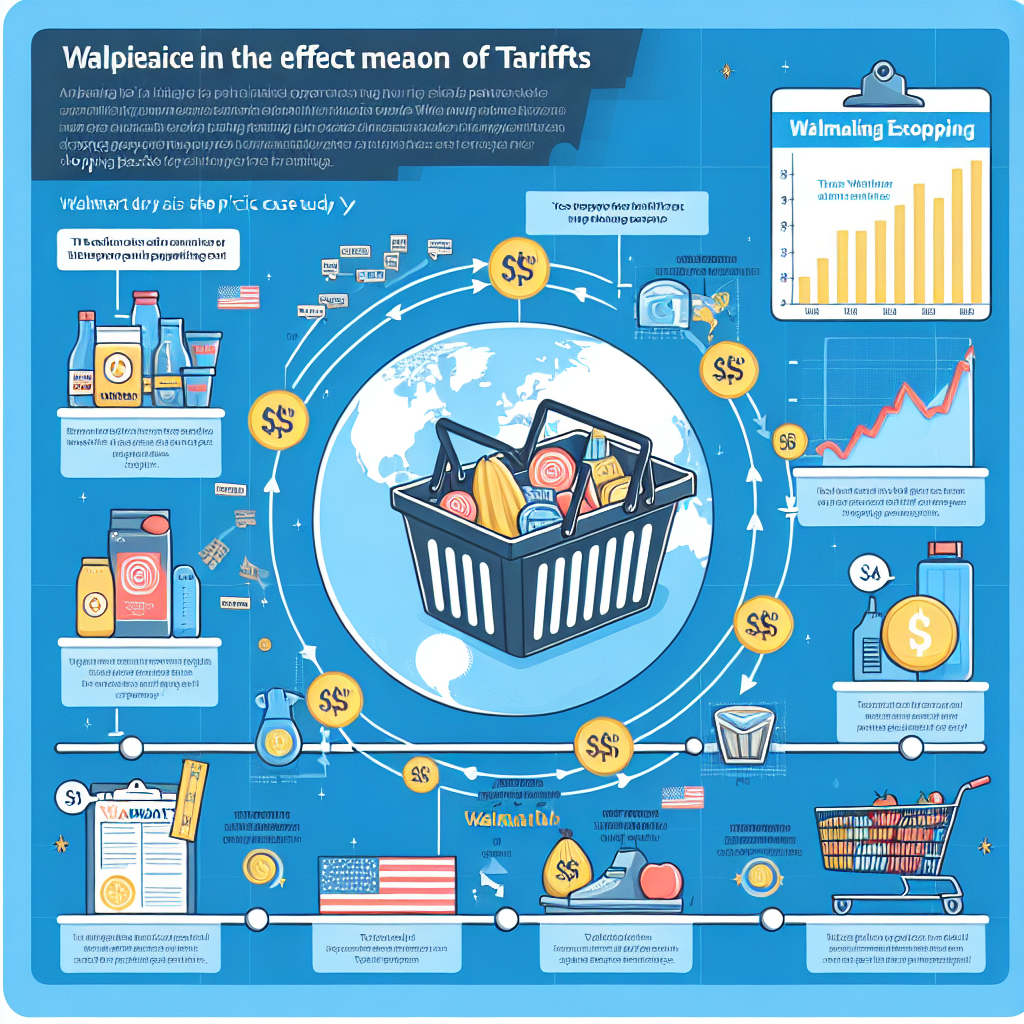In recent years, the importance of investment in property resilience has increasingly become a focal point for communities and investors alike. As climate change continues to impact regions globally, developing properties that not only withstand but also thrive through various environmental challenges is proving to be a savvy long-term strategy. Both communities and investors stand to gain from resilient property investments, creating a win-win situation that underscores the importance of sustainable development practices.
Understanding Property Resilience
Property resilience refers to the ability of a structure to resist, adapt, and rapidly recover from natural disasters such as floods, hurricanes, and wildfires. According to a podcast by Nareit, investments in resilience mitigate risks and enhance the stability of real estate portfolios while ensuring safer communities. This trend highlights a growing recognition that prioritizing resilience can hedge against future uncertainties caused by climate changes.
The Benefits for Communities
Resilience investments imbue communities with better safety and quality of life. Regions that prioritize resilient infrastructure can withstand natural disasters more effectively, reducing economic losses and displacement of residents. As noted by the World Resources Institute, resilient communities are better equipped to deal with interruptions in essential services, minimizing social disruption and financial impact.
Potential Returns for Investors
For investors, property resilience offers a dual advantage: risk management and potential for increased returns. Properties designed with resilience in mind are more likely to appeal to tenants and buyers, especially as climate awareness grows. According to Forbes Real Estate Council, resilient properties often require fewer repairs and incur lower insurance costs, translating into higher net operating incomes and property values over time.
Economic and Environmental Impact
Economically, investing in property resilience can serve as a proactive measure against market volatility linked to climate impact. A study by the World Economic Forum suggests that incorporating resilience into urban planning can generate significant savings on disaster recovery spending. Environmentally, such investments lead to reduced carbon footprints and a more sustainable interaction with local ecosystems, promoting biodiversity and healthier landscapes.
The Future Outlook
As the awareness and understanding of property resilience continue to advance, the trend of investing in resilient infrastructure is ready to be entrenched in real estate strategies worldwide. Continued collaboration among stakeholders—including investors, developers, policy-makers, and communities—is essential for maximizing the benefits of resilient properties. Ultimately, prioritizing resilience in property investments paves the way for a more sustainable and economically stable future.









